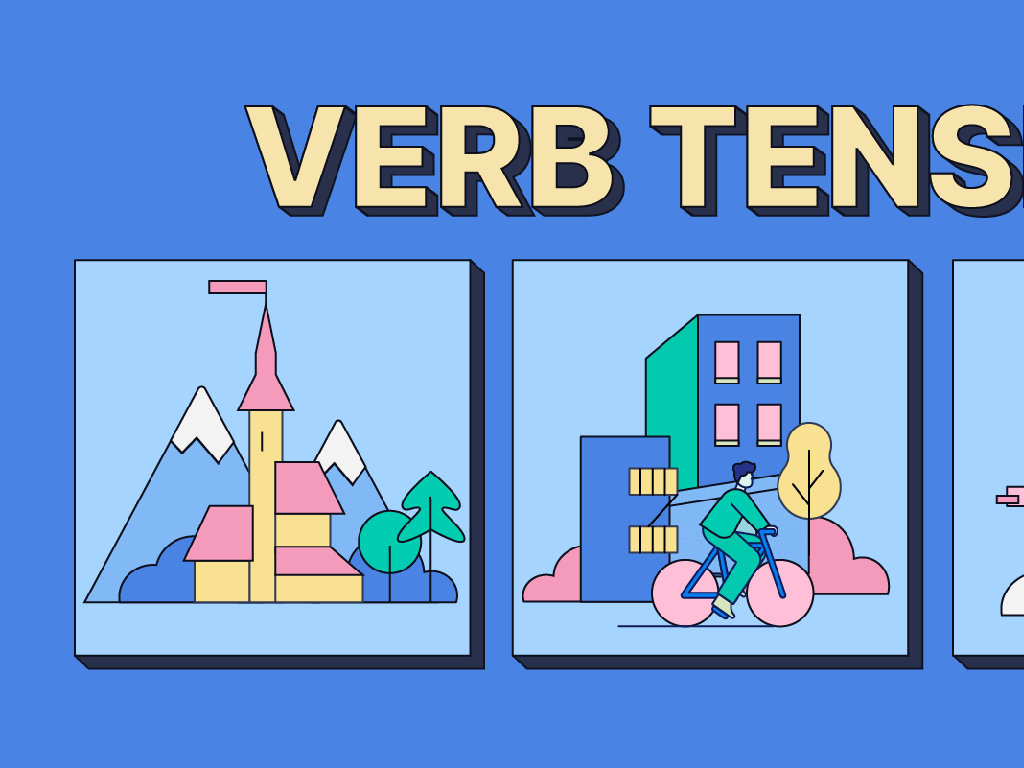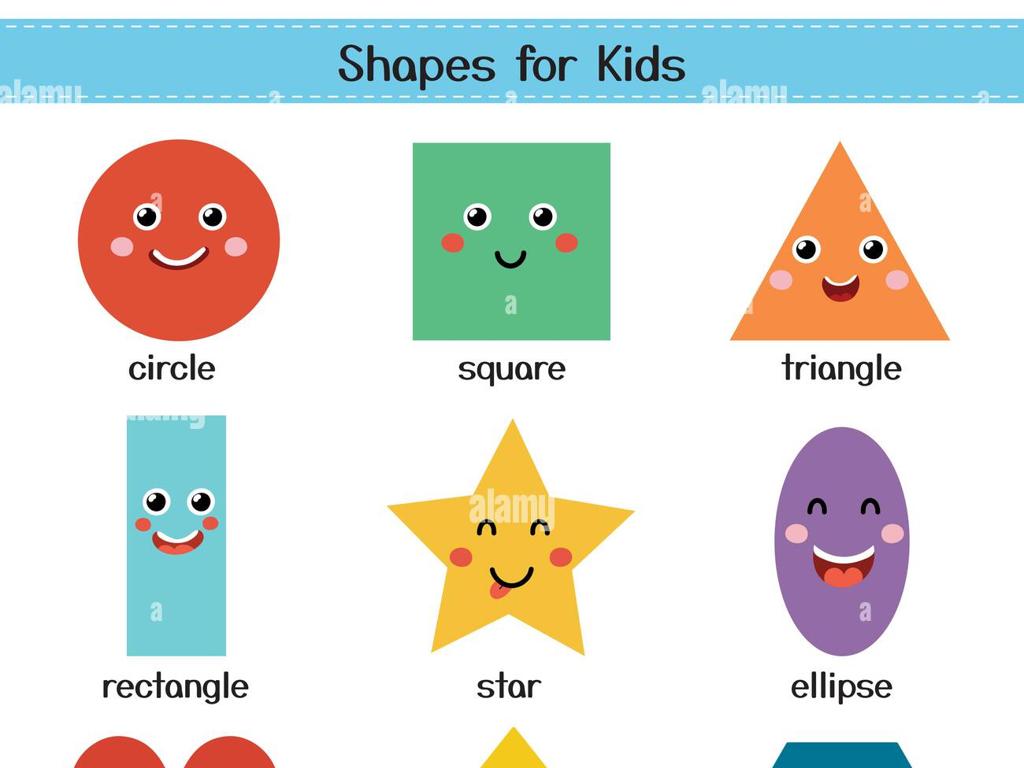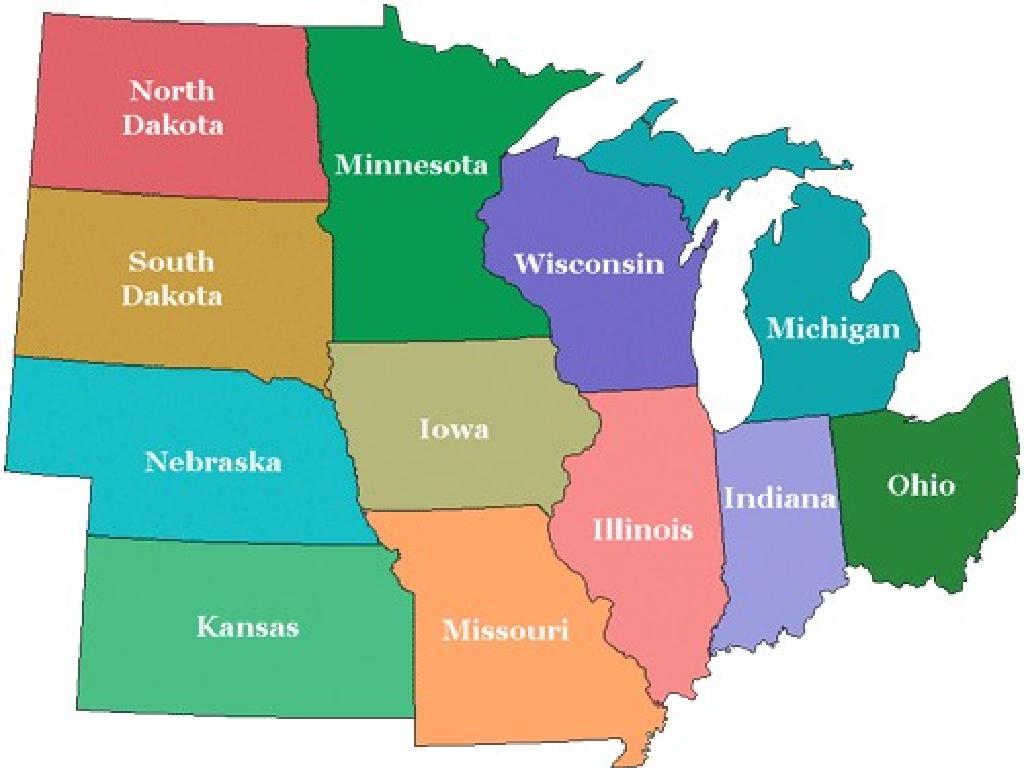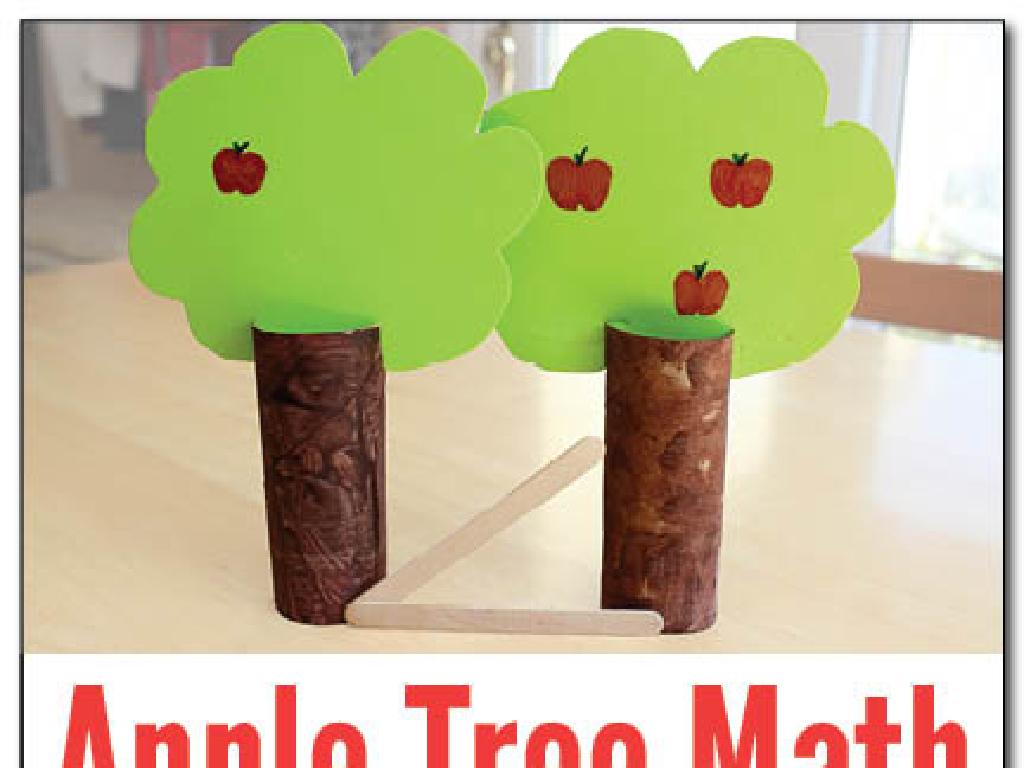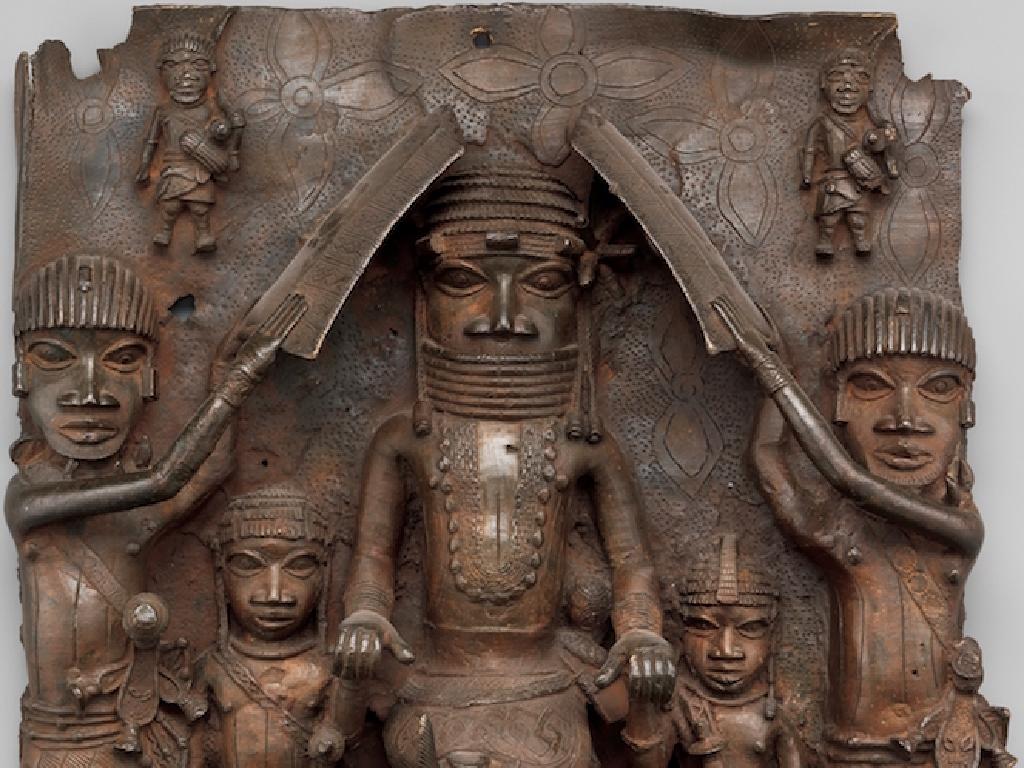Which Could Happen In Real Life?
Subject: Language arts
Grade: Pre-k
Topic: Reality Vs. Fiction
Please LOG IN to download the presentation. Access is available to registered users only.
View More Content
Welcome to Reality vs. Fiction!
– Greeting our little learners
– Real life vs. make-believe
– Understanding what can really happen and what’s just in stories
– Have you heard about dragons?
– Dragons are exciting, but can they exist outside of books and movies?
– What about animals that talk?
– Animals communicate, but do they chat like us?
|
Begin the class with a friendly and engaging welcome to set a positive tone. Introduce the concept of reality versus fiction by explaining that some things we see or hear about can actually happen, while others are just fun stories. Engage the students by asking if they’ve heard stories about mythical creatures like dragons or talking animals, which are common examples of fiction. Use this as a segue to discuss that while these stories are entertaining, they are not real-life events. Encourage the children to think about and share their favorite fictional stories and discuss why those could not happen in real life. This will help them start distinguishing between real and make-believe.
What is Real?
– Real things we can sense
– Things that exist and we can see, touch, hear, or feel
– Pictures: dog, car, tree, house
– Look at these examples and see how we know they’re real
– Find real objects around us
– Point to things in our room that are not pretend
– Discuss what makes them real
|
This slide introduces the concept of reality to Pre-k students by focusing on their sensory experiences. Begin by explaining that real things are those that exist in our world and that we can interact with using our senses. Show them pictures of familiar objects like a dog, a car, a tree, and a house, and discuss how we can see, touch, hear, and feel these things, which confirms they are real. Encourage the children to look around the classroom and point to objects they believe are real. Engage them in a discussion about why these objects are real, reinforcing the idea that real objects are part of our everyday lives. This activity will help them differentiate between real and make-believe, laying the foundation for understanding reality versus fiction.
Understanding Make-Believe
– Make-believe is pretend play
– It’s like playing dress-up or imagining
– Fictional characters like unicorns
– Unicorns are like horses with a horn
– Fairies and dragons in stories
– Fairies have wings and can do magic
– Imaginary friends are fun but not real
– Dragons breathe fire and fly, but only in tales
|
This slide introduces the concept of make-believe to Pre-k students, helping them differentiate between reality and fiction. Emphasize that make-believe is a form of pretend play, where we can imagine anything we want, like being in a world with unicorns, fairies, and dragons. Use pictures of these fictional characters to visually engage the students and explain that, while these creatures are fun to imagine and read about in stories, they do not exist in real life. Encourage the children to talk about their own imaginary friends or scenarios and discuss why it’s enjoyable to think about them even though they are not real.
Real or Make-Believe?
– View pairs of images together
– Choose real-life or make-believe
– Explain your choice
– Why could or couldn’t it happen?
– Enjoying make-believe stories
– It’s fun to imagine!
|
This slide is part of an interactive class activity designed for Pre-k students to understand the difference between reality and fiction. Display pairs of images, one depicting a real-life scenario and the other a make-believe situation. Ask the students to identify which image represents something that could happen in real life and which is fictional. Encourage them to articulate their reasoning, fostering critical thinking and language skills. Emphasize that while make-believe is not real, it is still enjoyable and an important part of storytelling and imagination. For the teacher: Prepare diverse and clear image pairs, ensure a supportive environment for all answers, and have a discussion on the joy of reading and imagination.
Let’s Practice: Real or Make-Believe?
– Receive a worksheet with pictures
– Circle real-life images
– Look for things you see in everyday life
– Cross out make-believe images
– Look for things from stories or imagination
– Praise and gentle corrections
|
This activity is designed to help Pre-k students differentiate between reality and fiction. Hand out worksheets with a mix of images that depict everyday scenarios alongside fantastical or make-believe elements. Guide the children to identify which images could happen in real life by circling them and to recognize make-believe scenarios by crossing them out. As they work, walk around the room to offer praise for their efforts, which encourages participation and confidence. If a child makes a mistake, gently correct them by explaining why the scenario is real or make-believe. This will help reinforce the concept of reality versus fiction in a supportive and understanding manner.
Story Time: Real Life vs. Fairy Tale
– Read a story with real & make-believe
– Pause and ask: Real or make-believe?
– Is talking animals real or just pretend?
– Discuss fun of make-believe parts
– Make-believe like flying cars makes stories interesting
– Understand excitement in stories
– Stories can be fun with magical elements
|
This slide is for a class activity that aims to help Pre-k students differentiate between reality and fiction during story time. Read a story that contains both elements of real life and fantasy. After reading a sentence or a passage, pause and engage the children by asking if what was read could happen in real life or if it’s make-believe. This encourages active listening and critical thinking. Discuss why fictional elements, although not real, make the story more enjoyable. Examples of make-believe elements could be animals talking or characters with magical powers. Emphasize that while these elements are not real, they add excitement and fun to the story, sparking imagination. This activity will help students understand the difference between real life and the fictional world in a fun and interactive way.
Class Activity: Create Your Own Story!
– Combine real-life and make-believe
– Think of something you do every day and add a magical twist!
– Use drawing and writing materials
– Crayons, markers, and paper will be your tools for storytelling.
– Share your story with the class
– Tell us about your characters and what happens in your story.
– Have fun creating!
|
This activity is designed to help Pre-k students differentiate between reality and fiction in a fun and engaging way. By creating their own stories that include both a real-life element and a fictional one, they will practice using their imagination while understanding the concept of reality vs. fiction. Provide a variety of drawing and writing materials to cater to different skill levels and preferences. Encourage the children to be as creative as they like with their stories. After the activity, invite them to share their stories with the class, which will help them develop their communication skills and confidence. As a teacher, be supportive and enthusiastic about each story to foster a positive learning environment.
Understanding Reality vs. Fiction
– Recap real vs. make-believe
– Remember, real things can happen, make-believe is just in stories
– Celebrate our creativity
– Cheerful goodbye
– Keep imagining!
– Use your imagination to think of fun stories!
|
As we conclude today’s lesson, it’s important to reinforce the difference between what can happen in real life and what belongs to the world of make-believe. Commend the children for their active participation and their ability to distinguish between the two concepts. A positive and cheerful goodbye will leave the children feeling good about what they’ve learned. Encourage them to continue using their imagination to create their own stories, emphasizing that while make-believe is not real, it is a wonderful way to explore creativity and have fun. This will help them appreciate the value of imagination while understanding the boundaries of reality.

